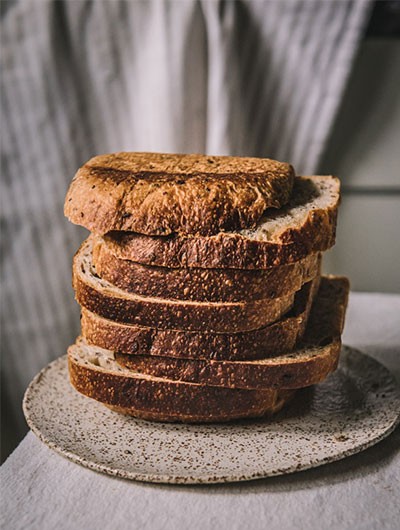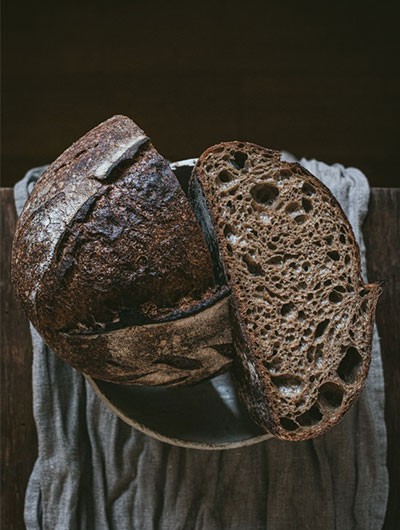Beginners Sourdough

During the COVID-19 lockdown, sourdough baking became a new fashion.
There was a flour shortage at the supermarkets in many cities at some point, because so many people decided to become bakers. I got dozens of messages on Instagram, from various people from different countries asking to share my knowledge.
I got drowned in questions...
Baking sourdough isn't as easy as baking with yeast. You can't just mix it in with the flour, wait for 1 hour and then bake. Sourdough takes time and practice. To become a good baker takes dedication to this craft. It took me about a couple of years to get where I am right now, and I'm still far from being a pro. I baked a lot, I failed a lot, and then I baked again. Even when my bread was really bad I loved what I was doing and I never gave up.
So don't expect your first bread to be perfect, it won't have the amazing oven spring and big air pockets. It will probably suck, but it's ok, the next one will be better. Don't jump to high hydration dough and blame the recipe.
Start somewhere where you feel more comfortable. Learn how your flour and starter works.
I'm sharing the formula which I made dozens of times before at the beginning of my baking journey.

There are some tools which are very useful to have and I recommend you get them if you plan to bake regularly.
- bench knife/scraper
- bread proofing basket
- lame
- or you can get combo set like this one
- Dutch oven (there are many brands to choose from: IKEA, Lodge, Le Creuset, the Challenger)
You will notice I'm using only 300 grams of flour in total, which creates about 500 grams loaf. You can double the recipe if you like. I always bake small loaves, due to an old habit from the past, when my bread was pretty bad.
Using a small amount of flour didn't feel like a big food waste.
This recipe can be done by hand or by using a stand mixer.


















COMMENTS